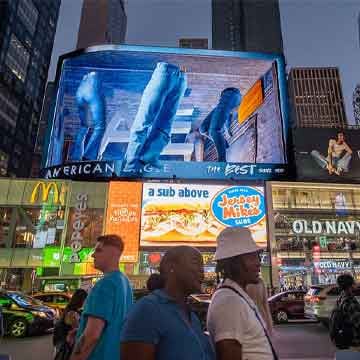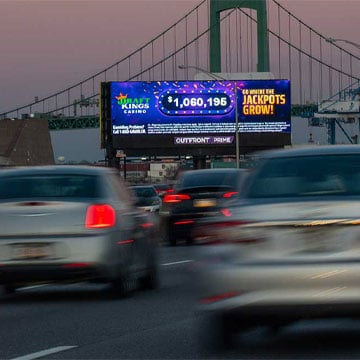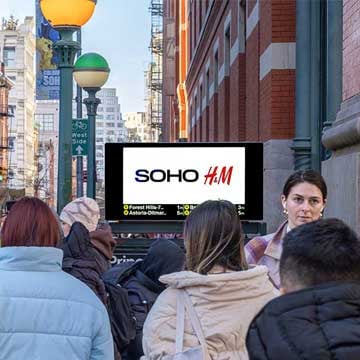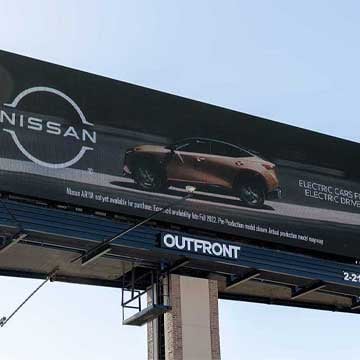
What Are the Top Consumer Trends for Mid 2024? Inside Our Advertising Trends Report, Part 1
June 27, 2024
What’s on consumers’ minds in these uncertain economic times, and how are they adapting? What are the current consumer trends that advertisers need to know?
OUTFRONT’s Advertising Trends Report is back and fully updated for the second half of 2024! The report features over 40 pages of insights into consumers, the advertising media landscape, and then out of home advertising trends specifically.
Over the next three weeks we’ll share some of the biggest trends from each section. We’re talking essential information to guide brands large and small through the next six months. But if you’re not great with delayed gratification and want all the trends all at once, you can download our Mid 2024 Advertising Trends Report here. (It’s free, by the way.)
Top Consumer Trend #1: Adjusting for Inflation
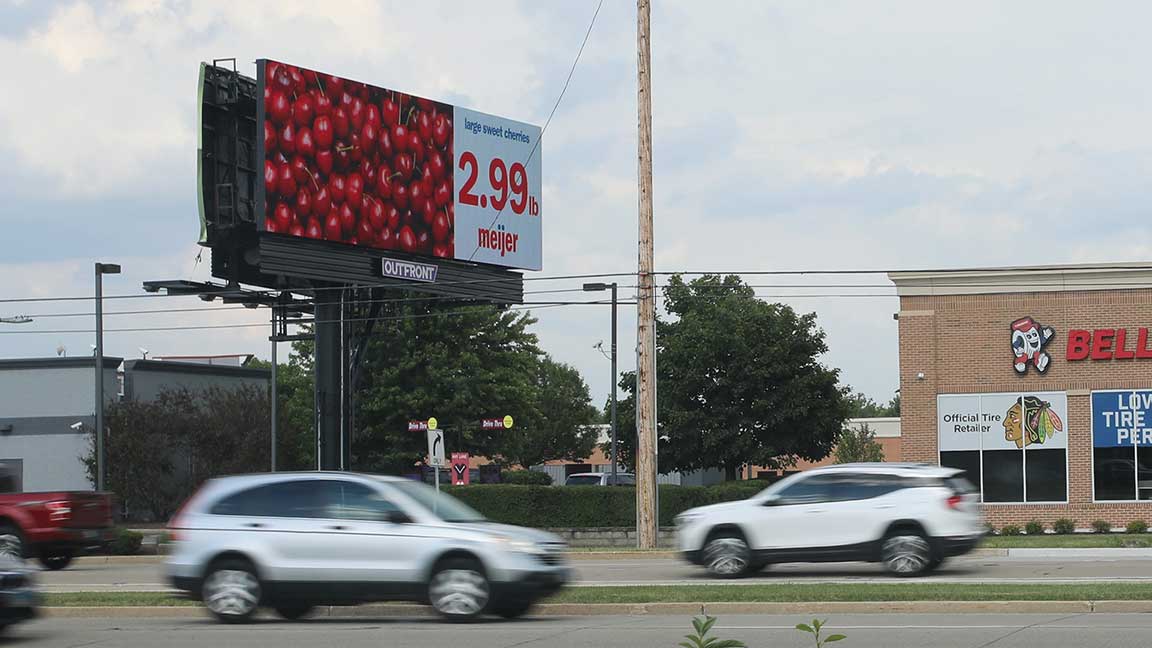
At the top of most consumers’ minds? Rising household costs in core categories like CPG, housing, and energy. 94% are concerned about food costs, while 64% expect groceries to be more expensive next month (SOURCE: Pew Research).
One way 3 in 10 consumers are responding is by trading down to less expensive alternatives, which creates an opportunity for value brands and retailers with their own in-house lines. Out of home advertising – especially in the form of retail media networks – can put those brands on the radar for budget-conscious consumers (SOURCE: Deloitte).
Top Consumer Trend #2: Prioritizing Experience
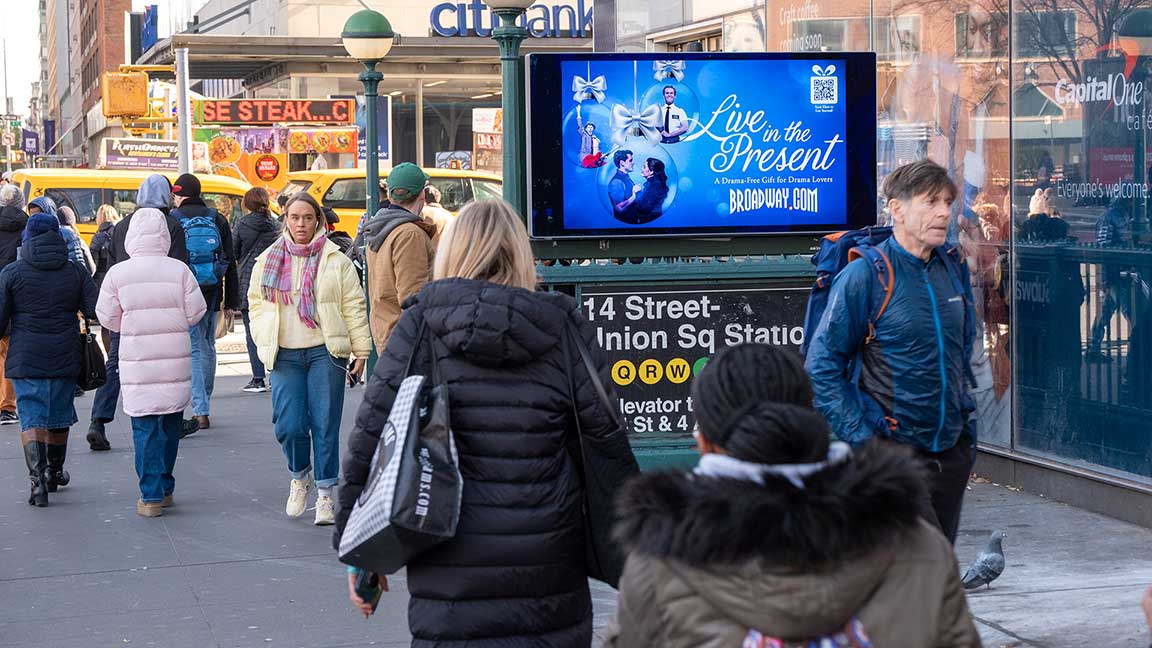
OUT is where it’s at! While Americans are tightening belts across the board, some categories are more resilient than others. More than half of consumers say their spending now prioritizes in-person experiences over physical goods (SOURCE: Paysafe). Consequentially, travel, dining out, and live events are the categories where the trade-down-to-splurge ratio was the strongest.
And spending on experience we are. The average vacation cost last year rose to an all-time high of $2,830 (SOURCE: Allianz) and Live Nation had its biggest year ever, selling a billion dollars’ worth of Taylor Swift tickets alone and $23.3B overall (SOURCES: Live Nation, Pollstar).
Top Consumer Trend #3: Embracing Nostalgia

Everything old is new again, with a little film you may have heard of called Barbie ruling the box office for 2023. Who will reign supreme this year? Chances are it’s someone we already know. Here’s a statistic: since 2016, out of the top 60 box office performers, only five were original titles – the rest were sequels, prequels, and remakes (SOURCE: Yahoo Finance).
What can we say? Consumers know what we like, and we want more of it. The way nostalgia evokes happiness (53%) and comfort (40%) in consumers primes them to purchase – 52% say nostalgia makes such a purchase more likely (SOURCES: GWI, Civic Science).
Top Consumer Trend #4: Losing Trust
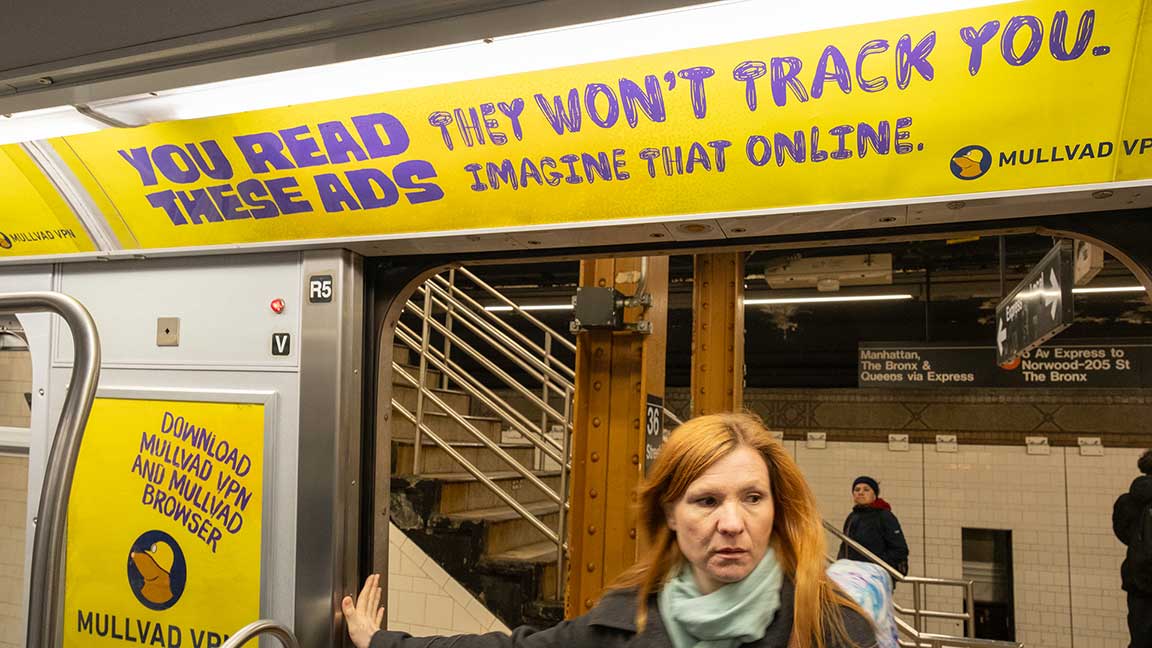
Do we live in a low-trust society? It’s starting to seem that way. 61% think business leaders are purposefully misleading and only 53% trust U.S.-based companies, a nine-point decline over the past decade (SOURCE: Edelman).
The rise of Generative AI – though generating some enthusiasm – isn’t helping matters either. More than 60% of consumers are concerned about fake news, scams, privacy, cybersecurity, and false information (SOURCE: KPMG).
When we do find brands we can trust, consumers stick to them. In fact, 42% say they will only buy from a trusted brand. Fortunately, out of home is the most trusted media format there is (SOURCE: MFour).
Top Consumer Trend #5: Revitalizing Cities
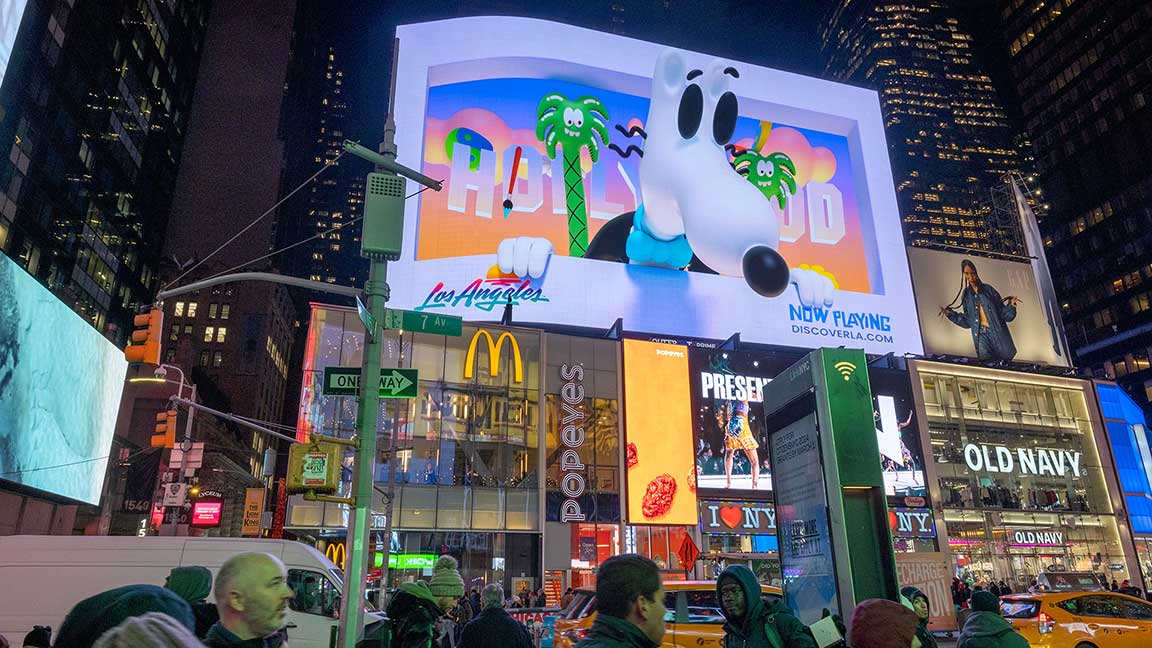
The pandemic-era urban exodus is over. Out of the ten largest cities in the U.S., seen saw positive population shifts last year (SOURCE: Brookings). One reason for that is the rise of office-to-residential conversions. Since remote and hybrid work aren't going anywhere, these adaptive reuse conversions – which account for a full 25% of planned apartment construction projects in New York City – can change the face of central business districts everywhere by making them more than just 9-to-5 places.
People are returning to cities because the jobs are too. NYC erased the last of its pandemic-era job losses by January of this year (SOURCE: Bloomberg), while San Francisco and Washington, D.C. saw office visitation grow 10.4% year-over-year, leading the nation (SOURCE: Placer.ai).
Travelers are returning too. Last year in New York, 62 million visitors spent $75 billion. Nearly 11 million of them were international visitors – a 14.9% increase over last year (SOURCE: NYC Tourism).
Those are just a few of the consumer trends we explore in the report. Next week on the blog we’ll dive into advertising media trends, and OOH trends the week after that.
But you don’t have to wait. Download our Mid 2024 Advertising Trends Report now for all the insights.
Author: Jay Fenster, Marketing Manager @ OUTFRONT
Links to third-party content are not endorsed by OUTFRONT Media.
